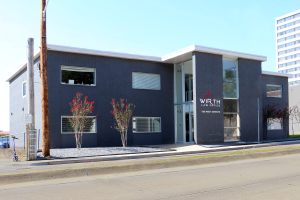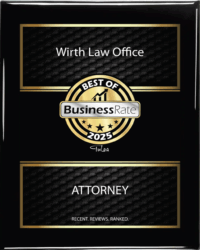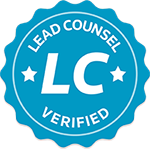Chapter 13 Is a Personal Reorganization
Video Transcribed: This is Edward Kelley, a bankruptcy attorney in Oklahoma, and here to answer your bankruptcy questions. We’re going to do a five-part series this week about Oklahoma Chapter 13. So we did Chapter 7’s the liquidation, the cut and runs that you want to do if you can. But for various reasons, you may need to do a 13.
So in this first video, I’m just going to do a little overview, what’s the difference between 13 and a 7? As I said, Chapter 7’s a liquidation. That means I’m going to liquidate all of my assets to pay my creditors. And most of the time, there aren’t any. But if there were, you would. That means your non-exempt assets. Doesn’t include your home, doesn’t include your car.
Most of the time doesn’t mean your TV and your couch or all that stuff’s exempt. But if you’ve got some land, or an RV, or interest in a trust, or potential lawsuit that there are things that you will have to give up, up to the amount that you owe. And in exchange, all your debt is discharged.
So for most people in Chapter 7, that means the debts just go away because they don’t have any assets anyway. Chapter 13 is a personal reorganization as opposed to liquidation. So this is more like I’m going to reorganize my financial life. So let’s say that you owe, just for argument’s sake, $60,000.
 And I use that because five years is 60 months, and most Chapter 13s are going to last five years. So you’re going to pay what you can for that 60 months.
And I use that because five years is 60 months, and most Chapter 13s are going to last five years. So you’re going to pay what you can for that 60 months.
So if after all of your expenses are calculated, and we’ll talk more about this, but that’s calculated based on IRS standards, not what you want to pay, then your disposable income is calculated. Basically, you and the court haggle to see we’re saying, “I have this much leftover.”
So in the case of you owing 60,000, if you were going to pay everything off completely, you’d pay 1,000 a month. But if you can only pay, for example, after all your expenses, you only have $200 a month leftover, that’s what you pay.
So important concept. Chapter 13 is not based on what you owe, it’s based on what you can pay. So if all you’ve got left is 200, you’re going to pay that. That means the other 800 a month for five years.
Well, to make this easier, let’s just say you’re going to do 100 a month. That’s 6,000. The other 54,000 is going to be discharged. Assuming you make all your payments at the end of five years, all the remaining debt, that other 54,000 is gone.
And you calculate all this at the front end. So all the interest is put in there. It’s not compounding or adding in. It’s all factored in at the beginning. And everything freezes and no single creditor can talk to you in any way. It all goes through the bankruptcy trustee.
So the good thing about it is, again, not based on what you owe, but only based on what you can pay. And the idea here is you make too much money to just liquidate, you do have some leftover and you need to pay that in for that five-year period.
And there are also some extraordinary powers in Chapter 13 that play into why people would do it. So in the next video, I’m going to talk about why would I choose Chapter 13 over Chapter 7. So I’ll see you then. As always, you can reach me at edward@wirthlawoffice.com, spelled like the sign, or at (580) 478-3130. Look forward to meeting and talking with you. And we’ll be back with why would I choose Chapter 13 tomorrow.




























